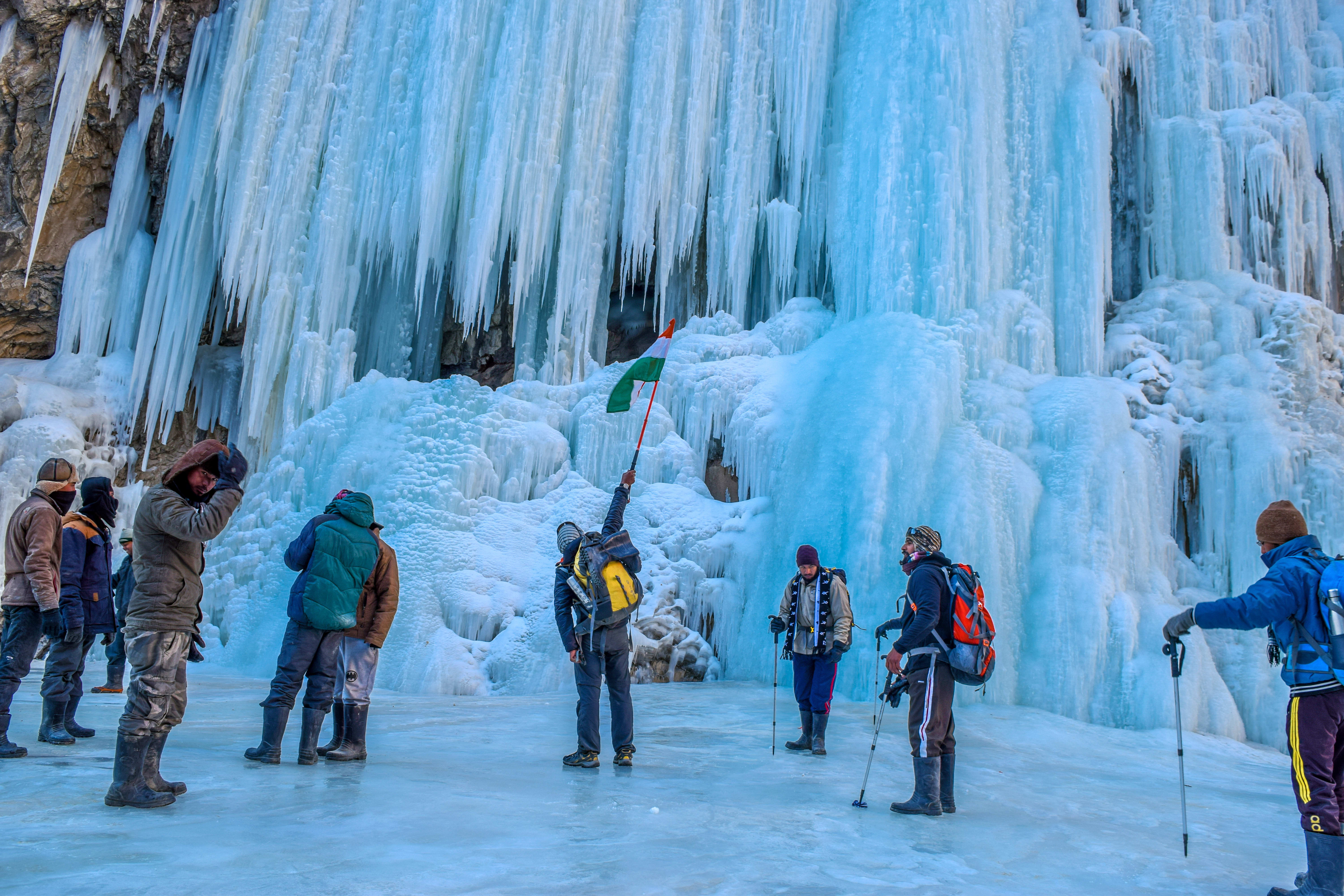Folk Dances of Gujarat: Garba, Dandiya, Bhavai
We are familiar with the Garba and Dandiya style of
folk dances whose roots can be traced back to the western region of Gujarat. Both
the dances are very distinct from each other but successfully capture the
essence of the real Gujarati traditions and beliefs here. this place is already
popular for being associated with lord Krishna, its wonderful temples,
remarkably preserved culture and traditions and the impeccable wildlife
collection makes it a prime destination for tourist attractions.
Here is everything you need to know about the
traditional folk dances of Gujarat along with Dandiya and Garba:
Dandiya Raas
This particular dance form was originated as one of
the forms of a devotional dance to honour goddess Durga which has also been
called the sword dance since it tells a story of the fight between Durga Maa
and the demon Mahishasura. This explains why this dance is primarily performed
during the holy time of Navratri when the goddess is being honoured for 9 whole
days. Women dress up in elaborate traditional attires like Chaniya Choli etc.
and men also wear their traditional clothes accompanied with a turban and dance
rhythmically to the traditional tunes of the lord. Dandiyas refer to 2 sticks
which the dancers hold and energetically whirl around to various rhythms and
tunes of Dholaks, Tablas, Dhols etc. Dandiya Raas is also said to have been
originated from the devotional Garba dance but in modern day Raas is not a part
of the dandiya performances anymore. Even if you don’t know Dandiya it is a fun
experience to be a part of.
History
The original form of Dandiya is actually a mock
staging of the fight in between goddess Durga and Mahishasura (the demon king).
The sticks which the dancers use are symbolic of the sword which was used by Durga
Maa to slay the demon. The roots for this dance can also be traced back
primarily to the era of lord Krishna when this was also referred to as Dandiya Raas
where the dancers also used to perform Raas Leela as a part of the whole act.
From that time, dandiya has garnered the attention of a number of enthusiasts
from across the globe who wish to be a part of the merriment.
Garba Dance:
The term literally translates into ‘womb’ and is
considered to be one of the most popular traditional dances from Gujarat. There
are several different types of Garba played all over this place. The people
dress up in colourful and vibrant traditional clothing and groove in
synchronization to the peaceful rhythm. Normally this dance is performed during
the 9 whole days of Navratri and the central deity here is and image of goddess
Durga. This dance form shares its similarities with a lot of different forms of
spiritual dances in the world. Men and women dance around this image in circles
and move together in perfect synchronizations. This dance has become a landmark
for Gujarati culture and the modern version of Garba can see influences of
Dandiya as well. All in all it’s a very fun experience to dance in such peace
and harmony.
History
There are around 3 legends related to the origin and
roots for Garba. According to the 1st legend when the demon Mahishasura
was ravaging the earth, the Tridev, Brahma, Vishnu and Mahesh created Durga maa
to kill the demon. Durga fought for 9 days with Mahishasura while killing him
in the end. To commemorate this win of good over evil people play garba around
the image of Durga and celebrate this victory and also as a respect towards the
goddess. The 2nd legend says that lord ram is said to have performed
9 days of serious meditation to the goddess before going to war with the evil
king Ravana. The last legend tells us the story about Usha – the grand daughter
in law of Lord Krishna who had popularised Lasya Nritya, which later on came to
be known as Garba.
Bhavai
Literally translating into Bhav or feelings this is
another one of the major traditional dances in Gujarat. This dance is in the
form of a classical folk drama and is performed in local villages and temples
by the local communities and tribes of the Bhojakas and the Taragalas. This
dance- drama goes on throughout the night and does not require any sort of
stage equipment. As a part of their tradition women are not allowed to take
part in the drama and the male artists perform the women parts as well. The
performances generally tells tales about the problems and challenges faced by
the women in the countryside and it is performed in a very fun and enjoyable
manner.
History
This folk dance in Gujarat can be traced back to the
14th century. The story is about how Gang, the daughter of the
headman of Unjha, was kidnapped by a Muslim Subedar. Their family priest, a Brahmin,
went to the station claiming that Ganga was his daughter. To prove the reality
the subedar asked him to eat a meal with Ganga since during those times a
Brahmin never used to eat food with people belonging to the lower caste of the
society. He had a meal and Ganga was free but later on he was also outcast by
the Brahmin communities.






I am very enjoyed for this blog. Its an informative topic. It help me very much to solve some problems. Its opportunity are so fantastic and working style so speedy. Desert camp in Jaisalmer
ReplyDeleteAs per news, Garba is in the UNESCO list in ICH.
ReplyDelete